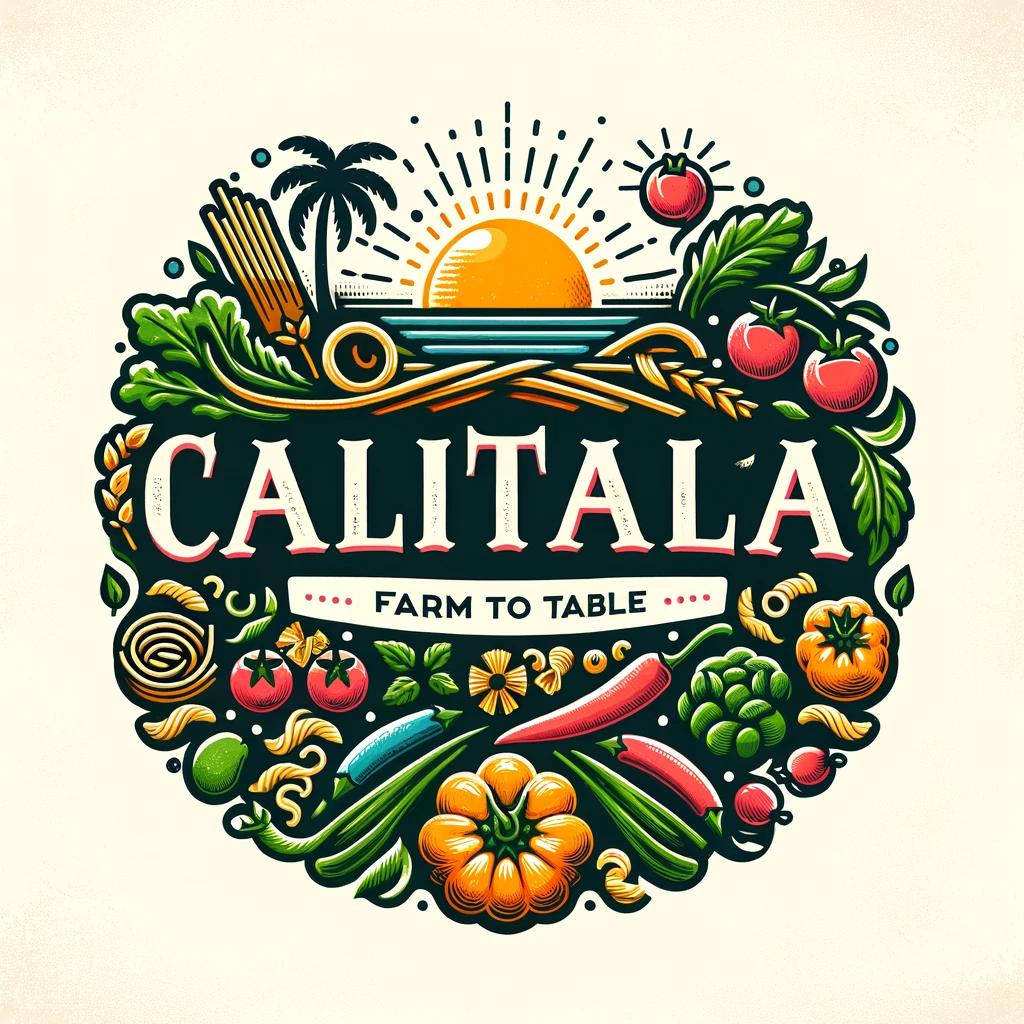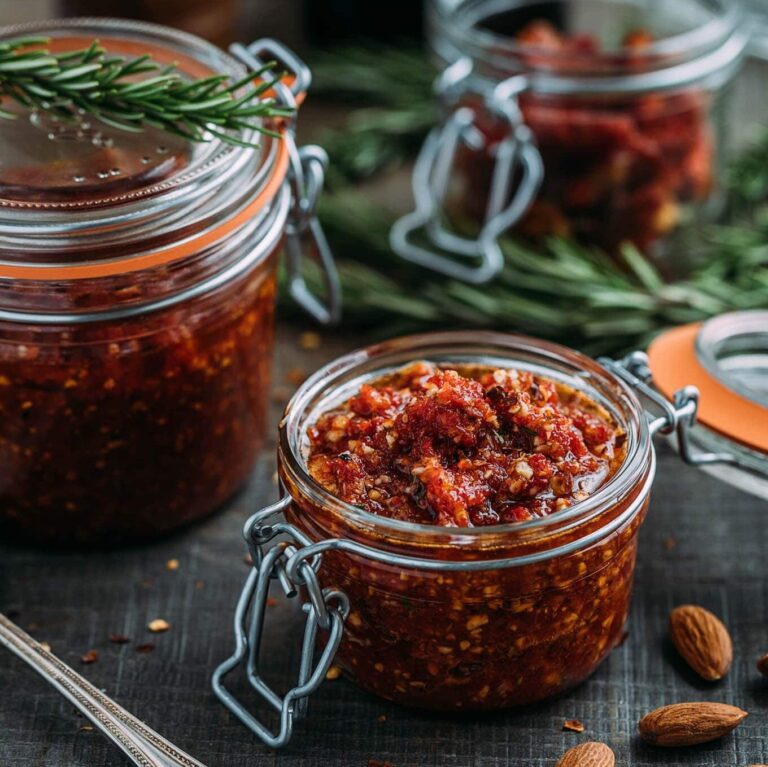Butter plays a crucial role in creating the perfect pasta sauce, contributing to the texture, flavor, and richness of the dish. With various types of butter available, choosing the best types of butter for pasta sauces can be daunting.
This article will explore different types of butter, their characteristics, and how they can enhance your pasta sauces. Whether you’re a home cook or a professional chef, understanding the nuances of butter will elevate your culinary creations.
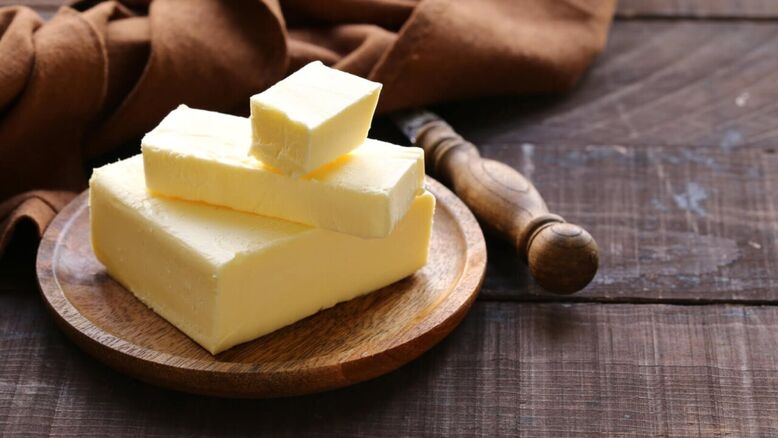
Unsalted vs. Salted Butter
When it comes to pasta sauces, the choice between unsalted and salted butter is significant. Each type has its own set of characteristics that can impact the flavor and texture of your sauce.
Unsalted Butter
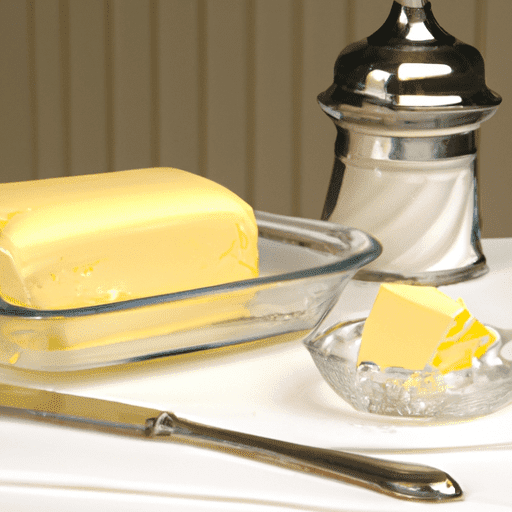
Unsalted butter is pure, with no added salt, giving you complete control over the seasoning of your dish. It allows you to taste and adjust the salt level precisely according to your preference. Unsalted butter is often fresher than its salted counterpart, as salt acts as a preservative. This freshness can enhance the delicate flavors in your pasta sauce.
Advantages of Unsalted Butter:
- Greater control over seasoning
- Typically fresher than salted butter
- Preferred in baking and delicate sauces
Salted Butter
Salted butter contains added salt, which can enhance the flavor of your pasta sauce. It’s convenient for quick recipes as it saves you the step of adding salt separately. However, the amount of salt can vary between brands, making it harder to control the exact saltiness of your dish.
Advantages of Salted Butter:
- Adds immediate flavor
- Convenient for quick cooking
- Longer shelf life due to salt content
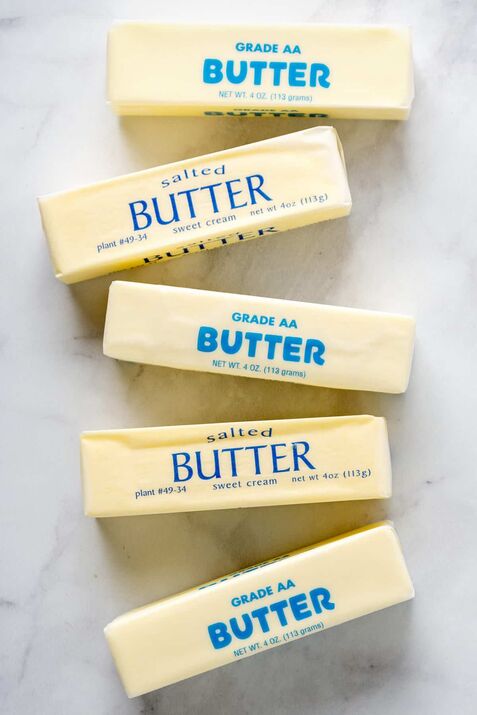
Which One to Choose?
For pasta sauces, unsalted butter is often the preferred choice among chefs. It provides a clean slate, allowing you to build flavors from the ground up. This precision is particularly important in delicate sauces like Alfredo or a simple butter and sage sauce, where the balance of ingredients is key. Additionally, when using unsalted butter, you can layer the flavors more effectively, ensuring each component of your sauce contributes to the overall harmony of the dish.
European-Style Butter
European-style butter is renowned for its higher butterfat content compared to standard American butter. Typically, it contains around 82-85% butterfat, whereas American butter contains about 80%. This higher butterfat content results in a richer, creamier texture and a more pronounced buttery flavor.
Characteristics of European-Style Butter
European-style butter is often churned longer than American butter, resulting in a denser product with less moisture. This process also gives it a slightly tangy taste, reminiscent of the cream used to make it.
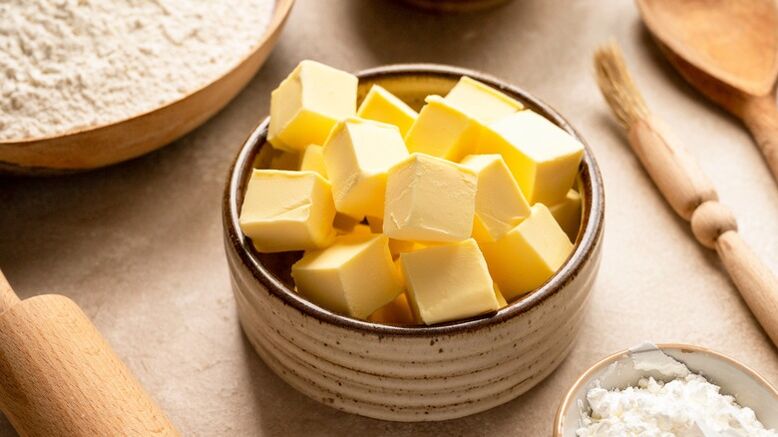
Advantages of European-Style Butter:
- Higher butterfat content for richer sauces
- Creamier texture
- Intense buttery flavor
Using European-Style Butter in Pasta Sauces
The rich, creamy nature of European-style butter makes it an excellent choice for indulgent pasta sauces. It’s particularly well-suited for creamy sauces like Alfredo, where its higher butterfat content enhances the sauce’s luxurious texture.
European-style butter also shines in simple sauces, where its full flavor can stand out. For example, a classic Cacio e Pepe or a decadent Carbonara can benefit significantly from the depth and richness provided by European-style butter.
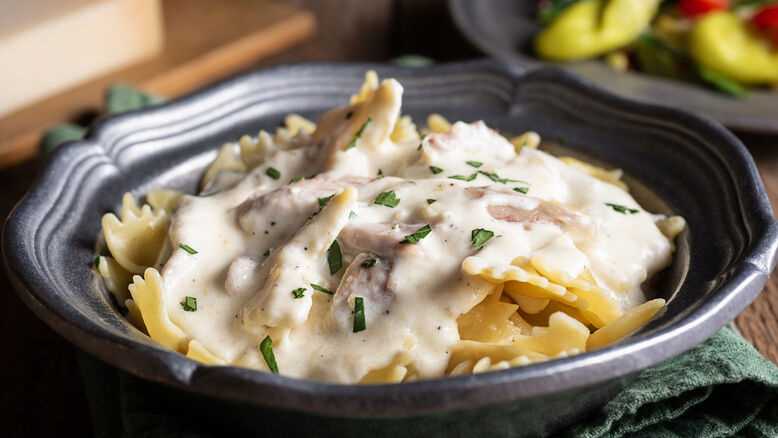
Furthermore, European-style butter is ideal for finishing sauces. Adding a pat of this butter at the end of cooking can create a silky, glossy finish that elevates the presentation and mouthfeel of the sauce. This technique, known as “monte au beurre,” is a staple in French cuisine and can be easily applied to Italian pasta sauces to achieve a professional touch.
Grass-Fed Butter
Grass-fed butter is made from the milk of cows that graze on grass. This type of butter is known for its vibrant yellow color, attributed to the higher levels of beta-carotene found in grass. Grass-fed butter is also rich in omega-3 fatty acids, CLA (conjugated linoleic acid), and vitamins A, D, E, and K.
Characteristics of Grass-Fed Butter
The flavor of grass-fed butter is often described as more complex and earthy compared to conventional butter. Its nutritional profile is a major draw for health-conscious cooks looking to add both flavor and nutrients to their dishes.
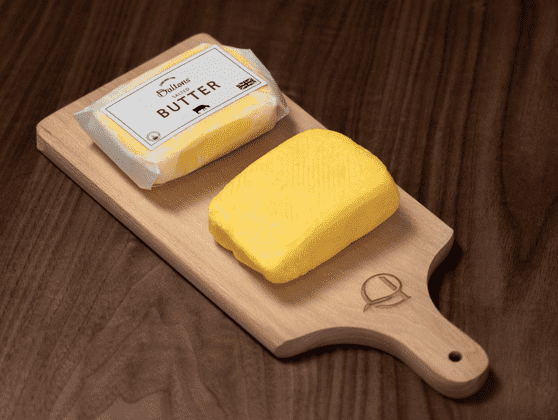
Advantages of Grass-Fed Butter:
- Rich in beneficial nutrients and fatty acids
- Distinctive, complex flavor
- Higher levels of beta-carotene and vitamins
Incorporating Grass-Fed Butter into Pasta Sauces
Grass-fed butter can enhance the nutritional value of your pasta sauces while providing a unique, rich flavor. It works well in both creamy and simple sauces, adding depth and complexity. When making a health-focused pasta dish, grass-fed butter is an excellent choice to boost both flavor and nutrition.
Grass-fed butter is also a wonderful addition to pesto-based sauces. The grassy, earthy notes of the butter can complement the fresh herbs and nuts in the pesto, creating a more rounded and satisfying flavor profile. For a nutritious twist, try incorporating grass-fed butter into a whole grain pasta with a light lemon-butter sauce, balancing health benefits with a delicious taste.

Cultured Butter
Cultured butter is made by fermenting cream before churning it into butter. This fermentation process introduces beneficial bacteria, resulting in a tangy, slightly sour flavor. Cultured butter is common in European cuisine and has a higher butterfat content, similar to European-style butter.
Characteristics of Cultured Butter
Cultured butter’s tangy flavor sets it apart from other types of butter. The fermentation process also contributes to its creamy texture and rich taste. Cultured butter can bring a unique, nuanced flavor to your pasta sauces.

Advantages of Cultured Butter:
- Tangy, distinctive flavor
- Creamy texture
- Higher butterfat content for richer sauces
Using Cultured Butter in Pasta Sauces
Cultured butter’s tangy taste can add an unexpected twist to your pasta sauces. It’s particularly effective in sauces where a slight acidity can enhance the overall flavor profile. For instance, cultured butter can elevate a lemon butter sauce or a creamy garlic sauce, adding depth and complexity.
Cultured butter is also an excellent choice for creating compound butters. By mixing it with herbs, spices, or citrus zest, you can create a flavored butter that adds an extra layer of complexity to your pasta sauces. For example, a cultured butter mixed with fresh basil and garlic can transform a simple tomato sauce into a gourmet experience.
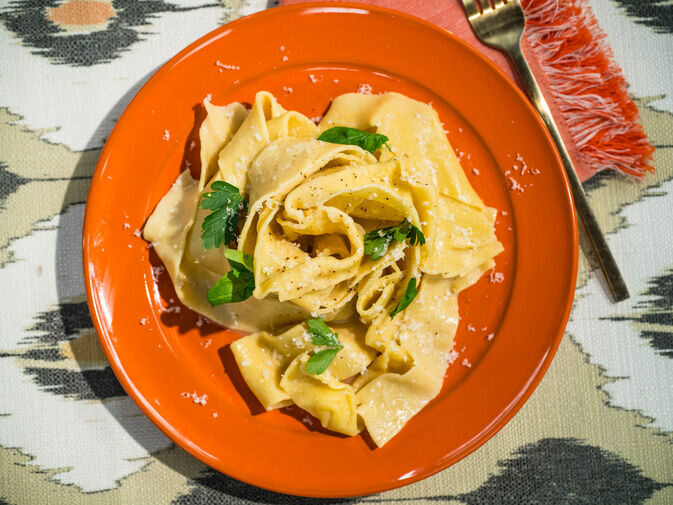
FAQ
Conclusion
Choosing the right type of butter can significantly impact the quality of your pasta sauces. Whether you opt for the clean flavor control of unsalted butter, the rich and creamy texture of European-style butter, the nutritional benefits of grass-fed butter, or the tangy complexity of cultured butter, each type brings unique characteristics to the table. Experiment with different butters to find the perfect match for your pasta dishes and elevate your culinary creations to new heights.
Disclosure: Our blog contains affiliate links to products. We may receive a commission for purchases made through these links. However, this does not impact our reviews and comparisons. We try our best to keep things fair and balanced, in order to help you make the best choice for you.
